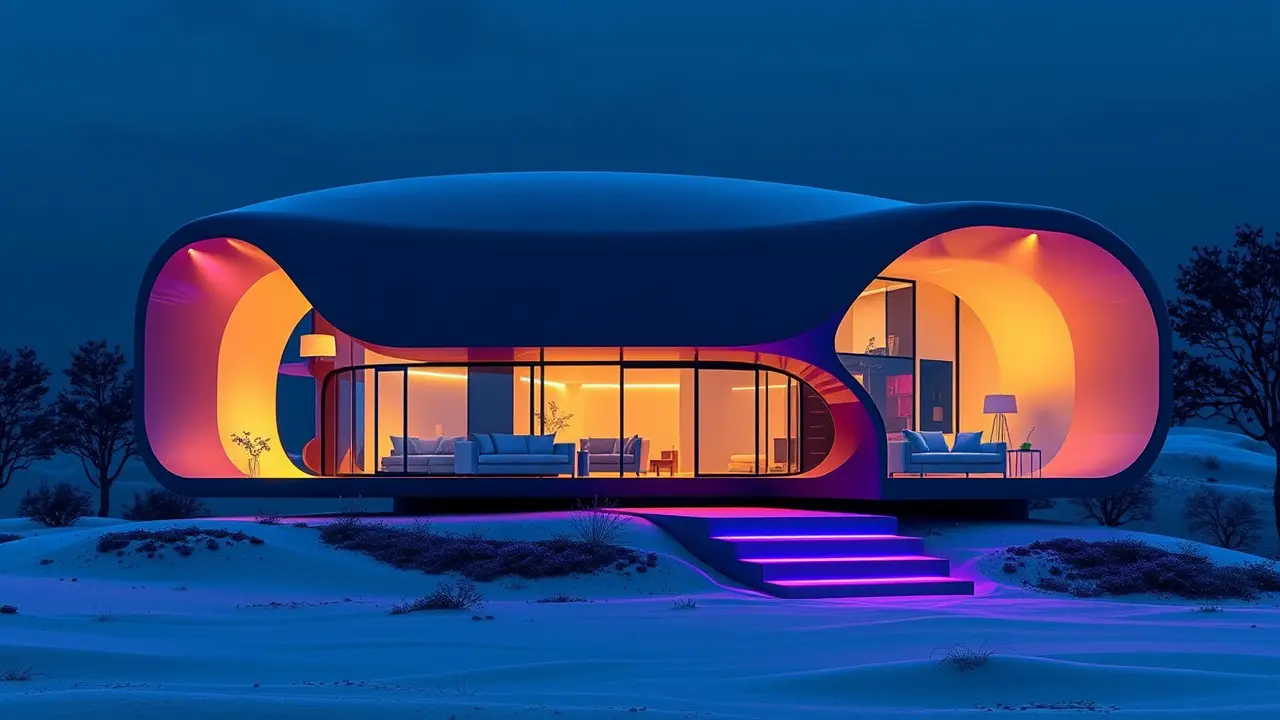
Scienceresearch policyInnovation and Patents
Interactive Segmented House Features Five Reconfigurable Rotating Modules
SO
Sophia King
9 hours ago7 min read7 comments
Imagine a home that breathes with the environment, a living sculpture of rotating modules that pirouette to the rhythm of nature itself. This is the vision made tangible by Michael Jantzen's 'Interactive Segmented House,' a radical architectural concept where five distinct modules don't just sit statically but engage in a continuous, silent dialogue with their surroundings.The core innovation lies in their kinetic responsiveness; these segments are engineered to autonomously reconfigure themselves in reaction to the subtle and not-so-subtle prompts of sunlight, wind, rainfall, and the quality of the view. This isn't merely automation; it's a form of architectural empathy, a building that feels the warmth of the sun and turns a living room module to bask in it, that senses a shift in the breeze and rotates a bedroom to capture the perfect cross-ventilation, or that detects rainfall and shifts a protective module to shield an outdoor patio space.The house becomes a dynamic partner to its inhabitants, constantly optimizing for comfort, energy efficiency, and an ever-changing connection to the landscape. This concept pushes far beyond the static boxes of traditional construction, drawing a clear lineage from the experimental, transformable houses of the 1960s and the high-tech architecture of the 1980s, but infusing it with a level of environmental intelligence previously confined to science fiction.It’s the architectural equivalent of a large-scale, functional kinetic sculpture, blurring the line between a built structure and a responsive organism. For the creative professional or the design-obsessed homeowner, this represents a new frontier where the tools of digital design—the algorithms that power our most sophisticated AI art generators and parametric modeling software—are translated into physical, habitable space.The potential implications are vast, suggesting a future where our homes are not just smart in the sense of having connected appliances, but are intelligently adaptive, capable of learning our preferences and responding to climatic data in real-time to create a truly personalized and sustainable living environment. While the current manifestation is a concept, it serves as a powerful provocation, challenging the entire industry to consider how buildings can move from being inert backdrops to our lives to becoming active, responsive participants in our daily existence.
#featured
#architecture
#sustainable design
#rotating modules
#interactive house
#future homes
#Michael Jantzen
Stay Informed. Act Smarter.
Get weekly highlights, major headlines, and expert insights — then put your knowledge to work in our live prediction markets.
© 2025 Outpoll Service LTD. All rights reserved.